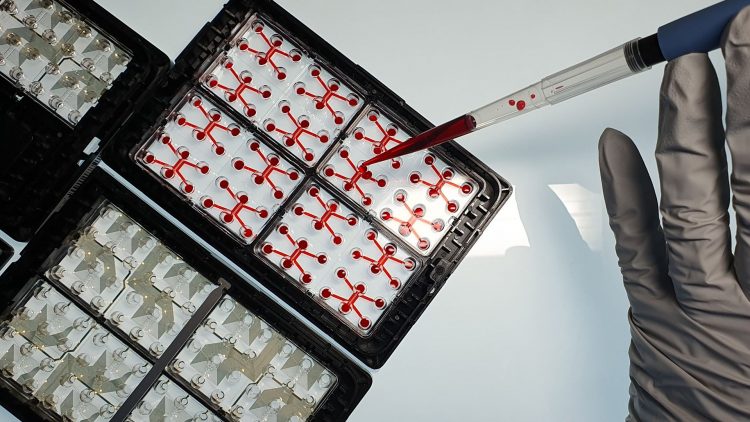Pioneering pharmaceutical and food industry innovation with organs-on-chips
• Organ-on-a-chip systems (OoCs), which use stem cells and microelectronics to digitally model human biology, are transforming biomedical research.
• In France, Netri, the winner of a CES 2025 Innovation Award, has emerged as the leader of a revolution in the making. Earlier this month, the Lyonnaise scale-up opened a new production facility to cope with growing demand for the new technology.
• Company CEO Thibault Honegger explains how OoCs work and how they can drive research and innovation in healthcare, cosmetics and the food industry.
Read the article
• In France, Netri, the winner of a CES 2025 Innovation Award, has emerged as the leader of a revolution in the making. Earlier this month, the Lyonnaise scale-up opened a new production facility to cope with growing demand for the new technology.
• Company CEO Thibault Honegger explains how OoCs work and how they can drive research and innovation in healthcare, cosmetics and the food industry.


Contraband: AI efficiently detects anomalies in shipping containers
Read the article
“I lost track of time”: how we get caught up in digital applications?
Read the article

Explainability of artificial intelligence systems: what are the requirements and limits?
Read the article
Data and AI Ethics Council, guarantor of responsible AI at Orange
Read the article
